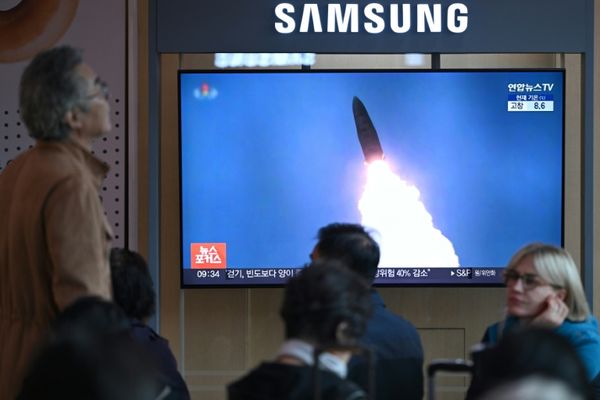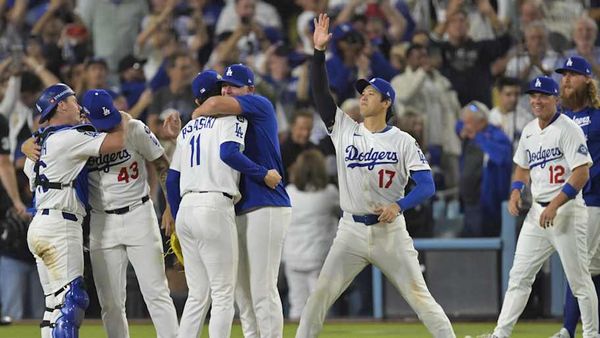
Artist Julie Rrap laughs when recalling Roslyn Oxley's invitation to exhibit at the gallery she was about to open in Sydney.
"Very preciously, I said to her, 'I don't show in commercial galleries!' We always laugh about that now," Rrap told AAP.
Since that conversation in 1982, Roslyn Oxley9 has become one of Australia's pre-eminent commercial galleries and is marking 40-plus years at the cutting edge of contemporary art with a new book and group exhibition opening on Saturday.
One measure of the gallery's impact is that no fewer than eight RO9 artists, as they are called, have represented Australia at the Venice Biennale.
First there was Jenny Watson in 1993, followed by Bill Henson (1995), Howard Arkley (1999), Patricia Piccinini (2003), Callum Morton (2007), Hany Armanious (2011), Fiona Hall (2015) and Tracey Moffatt (2017).
Each of them were represented by the Sydney gallery run by Roslyn and her husband Tony Oxley.

"It's pretty incredible, they're almost synonymous with what we would see as the development of contemporary art in Australia," said Rrap.
As for the early Rrap artwork Disclosures that prompted the initial enquiry from Oxley, it's now in the Museum of Contemporary Art collection and regarded as a foundational work in Australian feminist art.
It's one example of Roslyn Oxley's impeccable eye - much of the renowned gallerist's success appears to have been based on instinct and a willingness to take a risk on artists making interesting work.
"I do use my eyes a lot and I can make a decision on whether I like it, or want to understand it, or ask questions about it," Oxley told AAP.
As for the art world at the time, the National Gallery of Australia opened in late 1982 with Jackson Pollock's then-controversial Blue Poles on show.
It wasn't long before Roslyn Oxley9 would encounter its own controversies.
For its second exhibition, the gallery put Juan Davila's Stupid as a Painter on display for the 4th Biennale of Sydney, when the Art Gallery of NSW would not show the work.
The massive painting that included pornographic imagery, politics and the odd Warhol reference was seized by the NSW Police vice squad after a complaint by conservative politician Fred Nile.
Premier Neville Wran then exerted his influence to have the work put back on public show and amid the wrangle, Roslyn Oxley9 had arrived.
When most commercial galleries were focused on painting and sculpture, RO9 was showing slide projections, video art and installations.
It was also one of the first Australian commercial galleries to represent international artists, and showed women artists at a time when the art world was especially male-dominated.
"It was the beginning of a new era, and Roslyn rode that wave," said Rrap.

Looking back on the past four decades, Oxley is reticent to comment on the impact she has had, but says it's been a wonderful time.
"It's been really good, I've enjoyed it so much, I have no complaints at all," she told AAP.
Roslyn Oxley9 has represented more than 350 artists since 1982, with some of those relationships spanning artists' entire careers.
She readily acknowledges that actually selling art was never her overriding concern - some artists find a market, while others do fascinating work but don't sell, she said.
Rrap describes Oxley as blunt, exceedingly generous and (despite the crowds at her exhibition openings and parties) actually quite shy, wanting her artists to be the ones in the spotlight.
It's almost hard to imagine the Australian art world without the legendary couple, she said.
Launching on Wednesday, Roslyn Oxley9 - The First 40 Years is a comprehensive publication to mark the anniversary by curator and academic Felicity Fenner, including contributions by dozens of prominent artists, curators and philanthropists.
Oxley can't say how much longer she will keep working at the cutting edge of Australian art. Will there be another 40 years?
"I don't know, I quite like it, I still very much like it," she said.
The First 40 Years is at Roslyn Oxley9 Gallery in Sydney from Saturday until March 2.







